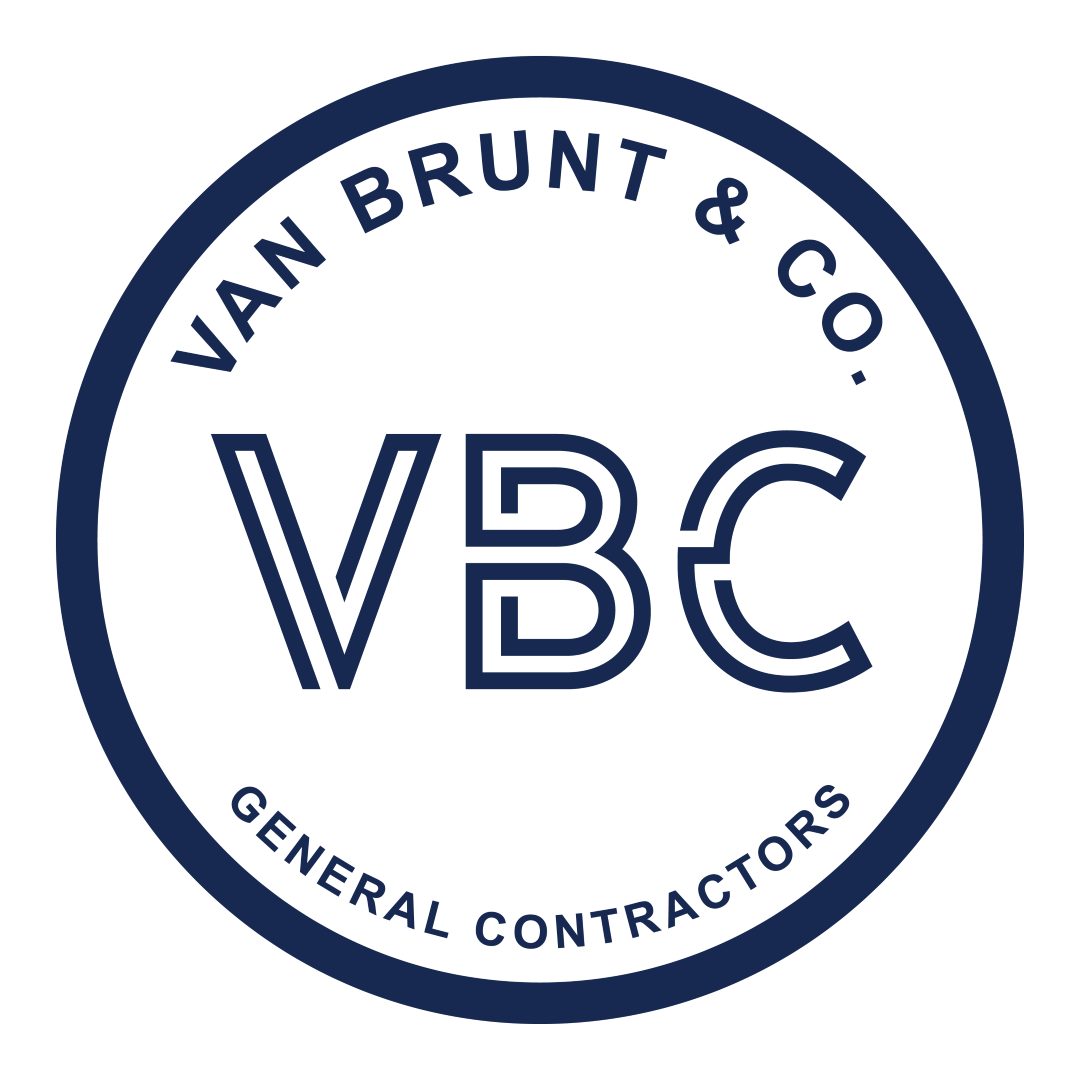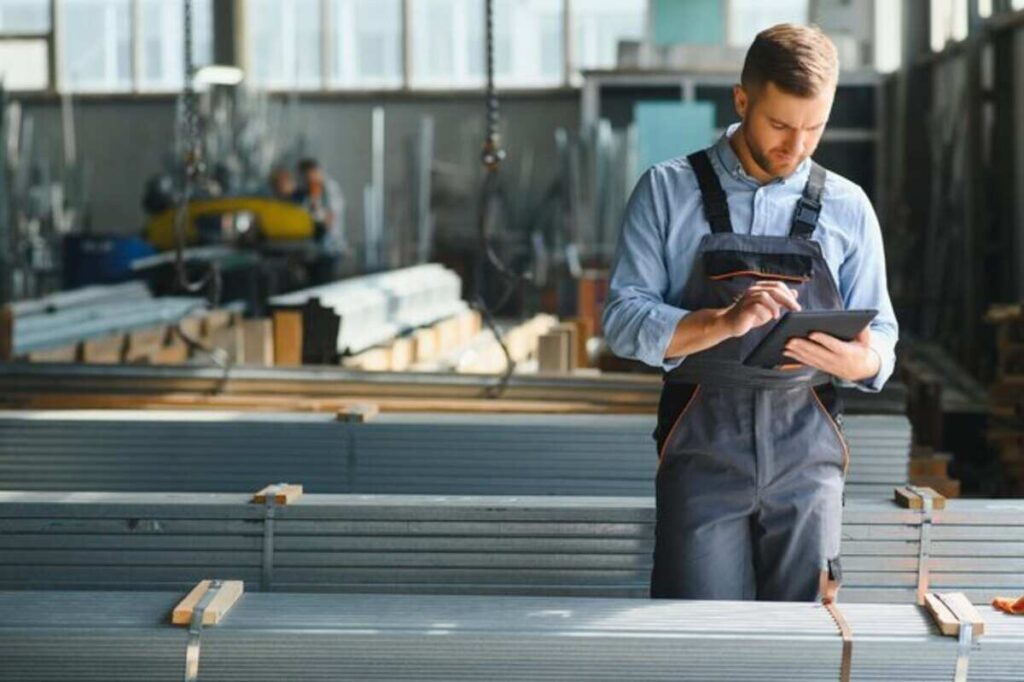Are you gearing up for a new commercial building construction project or planning to renovate an existing property? Selecting the right materials is a vital step that can make or break the success of your endeavor. The choice of construction materials directly impacts the building’s durability, energy efficiency, and overall longevity. By making informed decisions, you can ensure that your structure not only meets current needs but also delivers consistent performance for years to come. With careful planning and insight, your project will meet industry standards and exceed expectations in quality and sustainability.
In this comprehensive guide, we’ll walk you through the essential steps to choosing the best materials for your commercial building construction project. From understanding your specific requirements to evaluating material options, we’ll simplify the process to help you make the best decisions. Let’s dive in and get started on building something extraordinary!
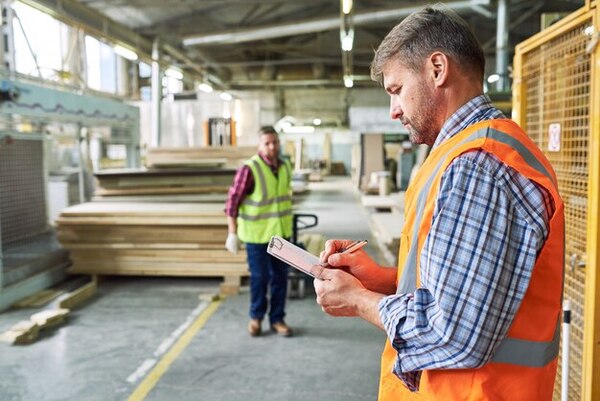
Understanding Your Commercial Building Construction Requirements
Before selecting materials for your commercial building construction project, it’s crucial to clearly define your project’s specific requirements. This step lays the groundwork for an efficient and successful construction process. Consider the following key aspects:
Identify the Type of Building
Understanding the purpose of your building is the first step in determining the materials you need. Ask yourself:
- Is it a retail space that needs to prioritize aesthetics and customer comfort?
- Is it an office complex requiring energy efficiency and employee-friendly environments?
- Is it a warehouse where durability and functionality are paramount?
Each type of building has unique requirements that will influence your material choices.
Define Your Budget
Budget constraints significantly impact material selection. Evaluate:
- Initial Costs: How much are you willing to invest upfront?
- Flexibility: Do you have leeway for premium materials in key areas?
- Long-term Expenses: Are you accounting for maintenance and replacement costs over time?
Balancing quality and cost is key to ensuring your project remains financially viable while meeting your performance goals.
Prioritize Sustainability Goals
With sustainability becoming a top priority, consider how your materials align with your environmental objectives. Reflect on:
- Energy Efficiency: Are you aiming to reduce operational energy consumption?
- Eco-friendly Certifications: Do you want your building to achieve certifications such as LEED or BREEAM?
- Lifecycle Impact: Are the materials renewable, recyclable, or responsibly sourced?
Choosing sustainable materials not only benefits the environment but also enhances your building’s market appeal.
Evaluate Performance Requirements
Every project demands materials with specific performance capabilities. Identify:
- Durability: Does your building need to withstand heavy traffic or extreme weather?
- Fire Resistance: Are fire safety standards a significant concern?
- Insulation Properties: Will materials need to support temperature regulation and soundproofing?
These factors ensure your building remains functional and efficient for years to come.
Consider Aesthetic Preferences
The visual impact of your building plays a critical role in its overall success, particularly for commercial spaces. Think about:
- Brand Alignment: Do the materials reflect your brand identity or the building’s purpose?
- Design Goals: Are you going for a sleek modern look, a natural aesthetic, or a classic design?
A cohesive design that aligns with your materials will create a space that appeals to occupants and visitors alike.
Why Defining Requirements is Crucial
Taking the time to address these key questions upfront ensures that you:
- Streamline the Material Selection Process: Narrow down your options to those that truly fit your project’s needs.
- Avoid Costly Mistakes: Prevent overspending on unnecessary or unsuitable materials.
- Build for Longevity: Choose materials that align with your performance and sustainability goals, reducing long-term costs.
- Achieve Your Vision: Create a building that is functional, efficient, and visually appealing.
By thoroughly understanding your requirements before diving into material selection, you’ll set the stage for a well-executed construction project that meets both practical and aesthetic goals.
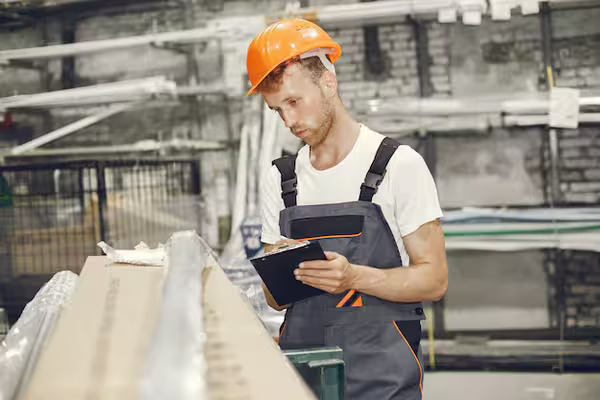
Choosing the Right Materials
With a clear understanding of your project requirements, it’s time to focus on selecting the ideal materials. Here are the key factors to evaluate when choosing materials for commercial construction:
Durability
Commercial buildings are long-term investments, so choosing durable materials is critical. Opt for materials that can resist wear and tear from daily use and harsh environmental conditions. For instance, reinforced concrete, high-grade steel, or weather-resistant cladding are excellent options for structural integrity. Durable materials reduce maintenance costs and ensure your building maintains its value over time.
Sustainability
Sustainability has become a cornerstone of modern construction. Choosing eco-friendly materials not only minimizes your building’s environmental impact but also aligns with industry trends and regulatory requirements. Look for materials sourced from renewable resources, such as bamboo or reclaimed wood, or those with a low carbon footprint, like recycled steel or eco-concrete. Additionally, prioritize materials that can be reused or recycled at the end of their lifecycle to support a circular economy. Sustainable materials can enhance your building’s energy efficiency and appeal to environmentally conscious stakeholders.
Cost
Budget considerations are paramount, whether in commercial building construction or remodeling projects. It’s important to balance quality and cost by evaluating both the initial purchase price and long-term expenses. While some materials may have a higher upfront cost, they could offer substantial savings in maintenance, energy efficiency, or longevity. Conduct a cost-benefit analysis to identify materials that fit your financial plan while ensuring that quality and performance are not compromised. Remember, investing in durable and sustainable materials often translates to lower replacement and operational costs over
Energy Efficiency
Energy-efficient materials are a smart choice for reducing operational costs and creating a comfortable indoor environment. Look for materials with high insulation properties, such as insulated concrete forms (ICFs), energy-efficient windows, or advanced roofing systems that reflect heat. These materials help regulate the building’s temperature, reducing the need for excessive heating or cooling. Additionally, incorporating energy-efficient materials can qualify your building for green certifications, like LEED, which can increase its market value and appeal.
Aesthetics
The visual appeal of your building is a key factor in its overall success, especially for commercial properties like retail spaces or offices. Select materials that align with the architectural design and convey the intended style or branding of the space. Whether you prefer sleek modern finishes like glass and metal or natural, earthy tones with wood and stone, ensure the materials enhance the building’s character while remaining functional and durable. A visually appealing building attracts occupants, visitors, and potential clients, adding to its value and usability.
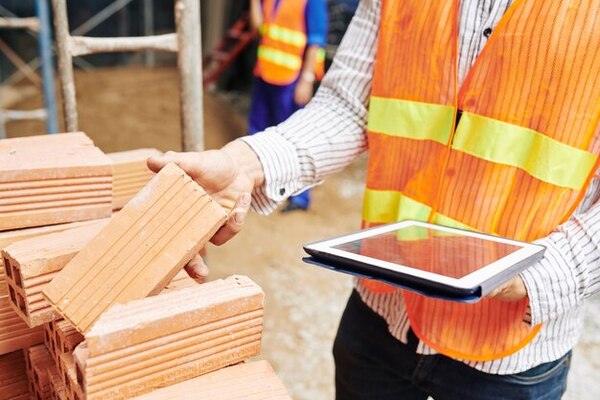
Materials to Consider
Selecting the right materials is a cornerstone of successful commercial construction. To make the best choices, consider materials that align with your project’s durability, sustainability, and aesthetic goals. Here’s a closer look at some of the top materials to consider:
Concrete
Concrete is one of the most commonly used materials in commercial construction for good reason:
- Durability and Strength: Concrete can withstand extreme weather conditions, making it ideal for a wide range of climates.
- Low Maintenance: Its longevity reduces repair and replacement costs over time.
- Fire Resistance: Concrete’s natural fire-resistant properties enhance building safety.
- Eco-Friendly: When produced using sustainable practices, concrete has a relatively low carbon footprint.
This versatile material is perfect for foundations, walls, and flooring, ensuring structural integrity for decades.
Steel
Steel is another popular material, widely recognized for its strength and versatility:
- High Durability: Steel resists fire, insects, and rot, making it a low-maintenance option.
- Ease of Installation: Prefabricated steel components can significantly reduce construction timelines.
- Sustainability: Steel is 100% recyclable, contributing to eco-friendly building practices.
Its adaptability allows it to be used in frames, beams, and roofing systems, particularly in high-rise or industrial buildings.
Wood
Wood is a timeless and sustainable choice for many commercial projects:
- Lightweight and Easy to Work With: This material is ideal for projects requiring quick or intricate construction.
- Natural Insulation: Wood offers excellent thermal properties, reducing energy consumption.
- Eco-Friendly: Responsibly sourced wood is renewable and aligns with green building initiatives.
Innovative engineered wood products, such as cross-laminated timber (CLT), are expanding its use in larger and more complex structures.
Glass
Glass is synonymous with modern commercial architecture and brings multiple benefits:
- Energy Efficiency: Glass allows natural light to enter, reducing dependence on artificial lighting and cutting energy costs.
- Aesthetic Appeal: It provides sleek, clean lines that elevate a building’s design.
- Soundproofing and Insulation: Modern glazing options ensure energy efficiency and occupant comfort.
From curtain walls to windows, glass remains a top choice for contemporary and energy-efficient buildings.
Brick
Brick is a classic material that combines beauty with functionality:
- Durability: Brick structures are long-lasting and resistant to harsh weather conditions.
- Fire Resistance: This feature enhances safety and reduces the risk of damage.
- Insulation: Brick naturally regulates indoor temperatures, keeping interiors warm in winter and cool in summer.
- Low Maintenance: Brick requires little upkeep, ensuring a cost-effective investment.
Whether used for exteriors or accent walls, brick lends timeless charm and structural reliability.
Summary of Material Benefits
When selecting materials for commercial construction, focus on these factors:
- Durability: Opt for materials that withstand wear and extreme conditions.
- Sustainability: Prioritize eco-friendly materials to reduce environmental impact.
- Cost Efficiency: Evaluate both initial costs and long-term savings.
- Energy Efficiency: Choose materials that improve insulation and lower energy use.
- Aesthetics: Select materials that align with your building’s design goals.
By combining the strengths of these materials, you can create a commercial structure that is not only functional and efficient but also visually stunning and built to last.
Conclusion
Choosing the right materials for your commercial building construction project is a vital step toward its long-term success. Collaborating with an experienced contractor ensures that factors like durability, sustainability, cost, energy efficiency, and aesthetics are carefully considered. The right materials, selected with the guidance of a skilled contractor, not only ensure functionality and performance but also enhance your building’s appeal and market value. With a clear understanding of your requirements and informed decision-making, your project can achieve high standards, stand the test of time, and deliver exceptional value. Begin your journey with a solid plan and the expertise of a trusted contractor to build a space that exceeds expectations—both now and in the future.
FAQs
How do I determine the best materials for my commercial building?
Assess your building’s purpose, budget, durability, sustainability goals, and aesthetic requirements before making material decisions.
Are sustainable materials more expensive than traditional options?
Sustainable materials may have higher upfront costs but often result in lower maintenance and operational expenses.
Which materials are best for energy-efficient buildings?
Materials like insulated concrete forms, energy-efficient windows, and reflective roofing systems are ideal for energy efficiency.
What role do aesthetics play in material selection?
Aesthetics influence the building’s appeal and functionality, particularly for commercial spaces designed to attract occupants or customers.
How can I ensure my materials are eco-friendly?
Choose materials with certifications, renewable sources, or recyclable properties, and consider their lifecycle environmental impact.
